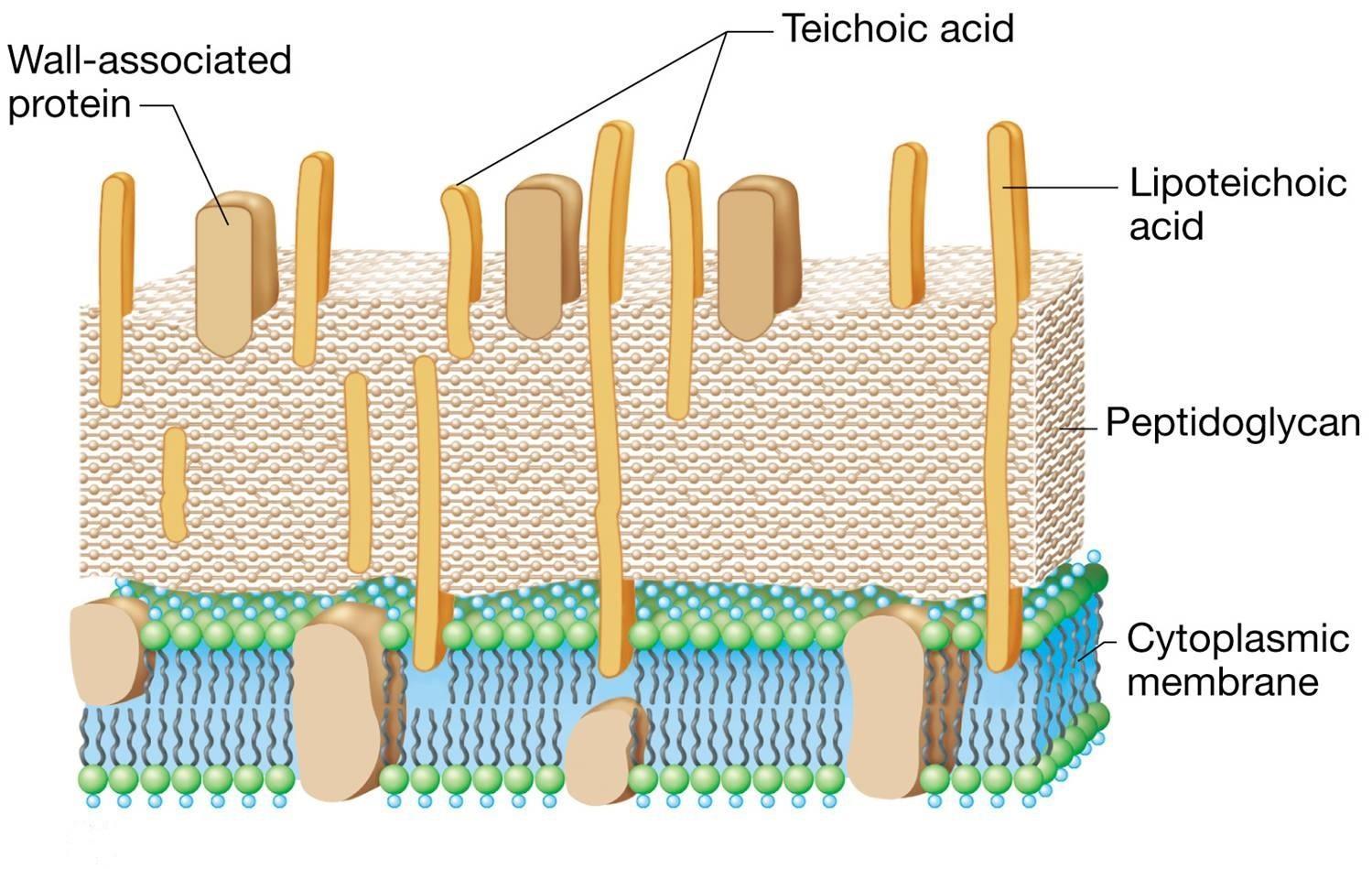

LPS, comprising both lipid (lipo-) and multiple sugar (-polysaccharide) components, induces severe inflammation in humans upon release. This membrane boasts a unique molecule-Lipopolysaccharide (LPS). Above this peptidoglycan layer, there’s a second lipid bilayer termed the “Outer Membrane.” This layer lies above the cell membrane but doesn’t directly invest in it. Gram Negative Bacteria, in contrast to their Gram Positive counterparts, have a much thinner peptidoglycan layer. Gram Negative Bacteria: The Double Barrier Septic Shock: A life-threatening condition caused by an inflammatory response to bacteria.Teichoic Acid: A sugar chain present in the cell wall of Gram Positive Bacteria.When released in high systemic concentrations in humans, it can trigger Septic Shock, a severe medical condition. This cell wall often incorporates chains of the sugar Teichoic Acid-a potent inflammatory agent. Gram Positive Bacteria are characterized by a dense layer of peptidoglycan that directly envelops the cell membrane. Intriguingly, it’s the target of Beta-lactam Antibiotics and Vancomycin, making it a crucial point of study in medical research. The enzyme Transpeptidase facilitates this cross-linking reaction. Comprising four amino acids (peptido-) and two sugars (-glycan), these individual peptidoglycan units interlink throughout the cell wall, forming a robust protective barrier. Peptidoglycan, the primary structural component of most bacterial cell walls, is a fascinating molecule. The subsequent sections will guide you through the various bacterial cell wall structures.

These classes are often distinguished using special stains. This protective barrier surrounds the bacterial Inner Membrane, akin to the mammalian plasma membrane-a lipid bilayer housing the bacterial cytoplasm.īacterial cell walls exhibit diverse structural characteristics, varying in thickness across different classes. The bacterial cell wall is the outermost layer of the organism, providing essential structural support. Let’s embark on this enlightening journey! In this article, we will delve deep into the intricacies of the bacterial cell wall, its various types, and the significance of each. It not only provides structural support to the bacteria but also plays a pivotal role in its survival and interaction with the environment. The bacterial cell wall, a seemingly simple structure, is a marvel of nature’s engineering.


 0 kommentar(er)
0 kommentar(er)
